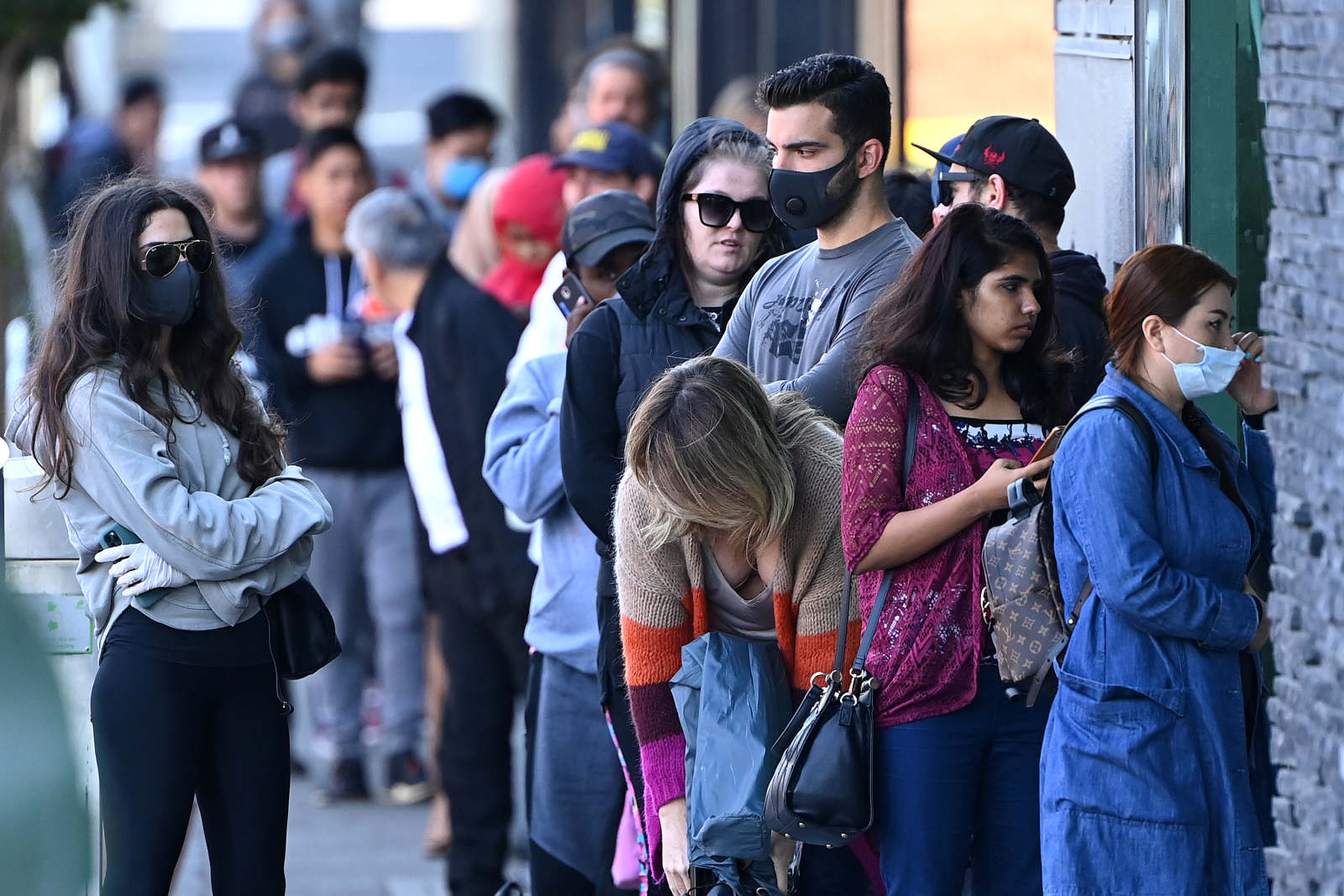Wage cuts, even symbolic ones, aren't going to help anybody
by Angela JacksonAt the start of the pandemic many memes were created highlighting that during WWII people were asked to sacrifice their lives yet the only thing we were being asked to do was sit on our couches.
Tragically, hundreds of thousands of Australians have since sacrificed much more: their jobs and livelihoods. But as we get set on the path to recovery, people have started asking whether those of us still with a job should be making the sacrifice of foregoing a pay rise or even taking a pay cut.

Many university staff are being asked to consider a 20 per cent pay cut in order to save jobs. The NSW government announced wage freezes across the public sector. Business groups are arguing that the Fair Work Commission should not increase the minimum wage for 12 months.
The ABS has reported that 53 per cent of businesses have reduced hours worked and 24 per cent have reduced staff, with 5 per cent turning to reduced rates of pay to manage the crisis.
When the Prime Minister was asked this week at the National Press Club whether he would consider a pay cut to show Australians that we really were all in this together it tapped into a feeling that the sacrifice is not being equally shared. After all, everyone's favourite Prime Minister, Jacinta Ardern, has taken a pay cut – surely it's the right and moral thing for a leader during an economic crisis to do?
But are wage cuts and wage freezes good for the economy? And will they help or hinder the return to economic growth and employment?
So cutting wages raises expectations of future cuts, which further depresses spending.
Economics 101 would tell you that if you cut wages, you create jobs. The argument is that at the business level lower wage costs mean they can hire more people - a simple supply and demand argument. Certainly this relationship holds for individual businesses, if it doesn't lead to workers reducing their effort and increased staff turnover. The Fair Work Commission bought the argument two years ago when it cut penalty rates for hospitality and retail workers. But it ignores the impact of lower wages on the rest of the economy.
In the two and half years after hospitality and retail penalty rates were cut, jobs growth in these sectors was actually below the rest of the economy. The lack of demand in these sectors was routinely blamed on poor wages growth – which businesses had ironically fought long and hard to achieve.
The RBA, the IMF and the OECD all highlighted slow wages growth in Australia as major economic risk before COVID-19. Noble prize winner Paul Krugman, after initially adhering to the Economics 101 doctrine, has similarly argued over many years about the important role of wages growth in economic growth.
In order for jobs to be created in an economy it needs to grow. In order for an economy to grow, demand for goods and services needs to rise. As obvious as it might seem that cutting wages leads to more jobs, it is also pretty obvious that cutting people's wages leaves less money in their pocket to buy goods and services. Of course the same argument can be made about the effect of people losing their jobs – and surely getting people into work has to be a priority?
For cutting or freezing wages to lead to more jobs across the economy, it must result in a reduction in prices charged by businesses for their products and services and therefore an increase in people's "real" incomes.
This is where the idea of cutting wages to spur economic growth becomes unstuck in reality – these price reductions never happen, or at least not at level to offset the loss in wages. A real fall in incomes leads to a real fall in spending – and this is why wage cuts will lead to a prolonged downturn and higher unemployment.
Falling and frozen wages will also exacerbate the problem of excessive debt facing Australian households. Mortgage repayments and credit card debts do not magically reduce in line with your wages.
Before COVID-19, Australian households were carrying a record level of debt – at over twice the level of household incomes. Even without wage cuts, this will be a drag on economic growth. Lower household incomes will make the problem of high household debt worse, and reduce demand for goods and services further, keeping our economy in the slow lane.
Making this problem worse is our pesky habit of factoring in what we think will happen to wages and prices on our spending today. If we think wages are going up, we are more likely to borrow and spend today. If we think wages are going down, we are more likely to save. So cutting wages raises expectations of future cuts, which further depresses spending and prolongs the economic malaise.
As in war when the sacrifices of those that went and fought on foreign soil were much greater than the sacrifices of those that stayed home and worked in the factories to supply the war effort, there is no fairness in who has lost their job and who has not.
But the answer is not make everyone sacrifice and endure pain, as this only makes the situation worse for everyone. In war it would cause a lack of supplies and equipment on the front line. In an economic recovery it will lead to weaker growth and higher unemployment.
An economic recovery needs to be built on the back of real jobs and real economic activity, not on cheap political wins from wage cuts and freezes. That is what will ultimately end the sacrifice of so many.